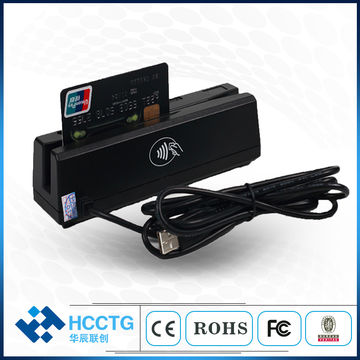

The primary functions that you'll need to do to read a magnetic card are:įirst, I'll introduce you to some magnetic card basics that you'll need to know when you start writing your own code. I also traded out my Arduino for a Bare Bones AVR because I like the way it fits into the breadboard. Make sure you enable pullups on these pins so your pins don't float. I connected /STROBE to PIND2 (digital pin 2 on an Arduino), /CARD_PRESENT to PIND3 (for illustration purposes), and /DATA1 to PIND4. More on that later.Īs you can see below, I used a right angle male header connected to a bread board and connected my reader to that. You can skip this connection if you check for the start sentinel on the data stream.

This data line goes low after about 17 head flux rotations to indicate that a card is present (instead of, say, random noise causing your reader to send bogus data) and is used to validate that the data you're getting is card data and not junk. If you want, you can forget about /CARD_PRESENT. The other connectors are brown for /STROBE2 and orange for /DATA2. A low signal (ie 0) is read as a one, or high. The forward slash ( / ) means that the data is inverted. The green wire is /CARD_PRESENT the yellow wire is /STROBE, and the white wire is /DATA1. The red wire goes to +5V while the black wire goes to ground. There are five connections you will need to make (four if you don't mind giving up more fine tuned control for fewer I/O ports being used).

In this 'ible, I'm going to show reading from the primary first track to get you started. This card reader's data is valid 1.0 us before the strobe is put onto the line, so there's no worry about delaying to get yourself into the "bit time." For a dual head reader such as the one I'm using, there are two data tracks available to read. Reminds me of having to change the setting for her that determines how much time is valid between clicks to register a double-click. Self-clocking allows even my sweet grandma the ability to use her card without breaking her wrist. This make sense when you think about card swipes: everyone swipes at a different pace, some slower, some faster than others. It means you don't have to worry about looking for a clocking signal and timing the signal to center directly on the clock pulse, and no bothersome oscillating into the sweet spot of the clock signal. Magnetic card readers are "self-clocking," meaning that they provide a clock called a strobe, against which the connected microcontroller can sync.


 0 kommentar(er)
0 kommentar(er)
